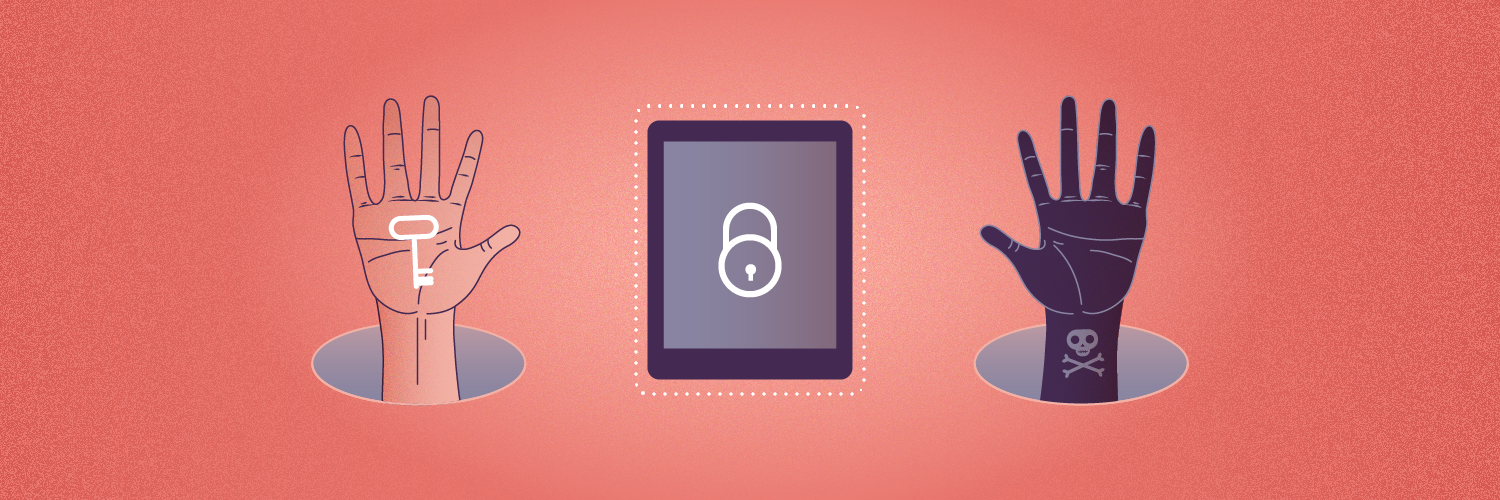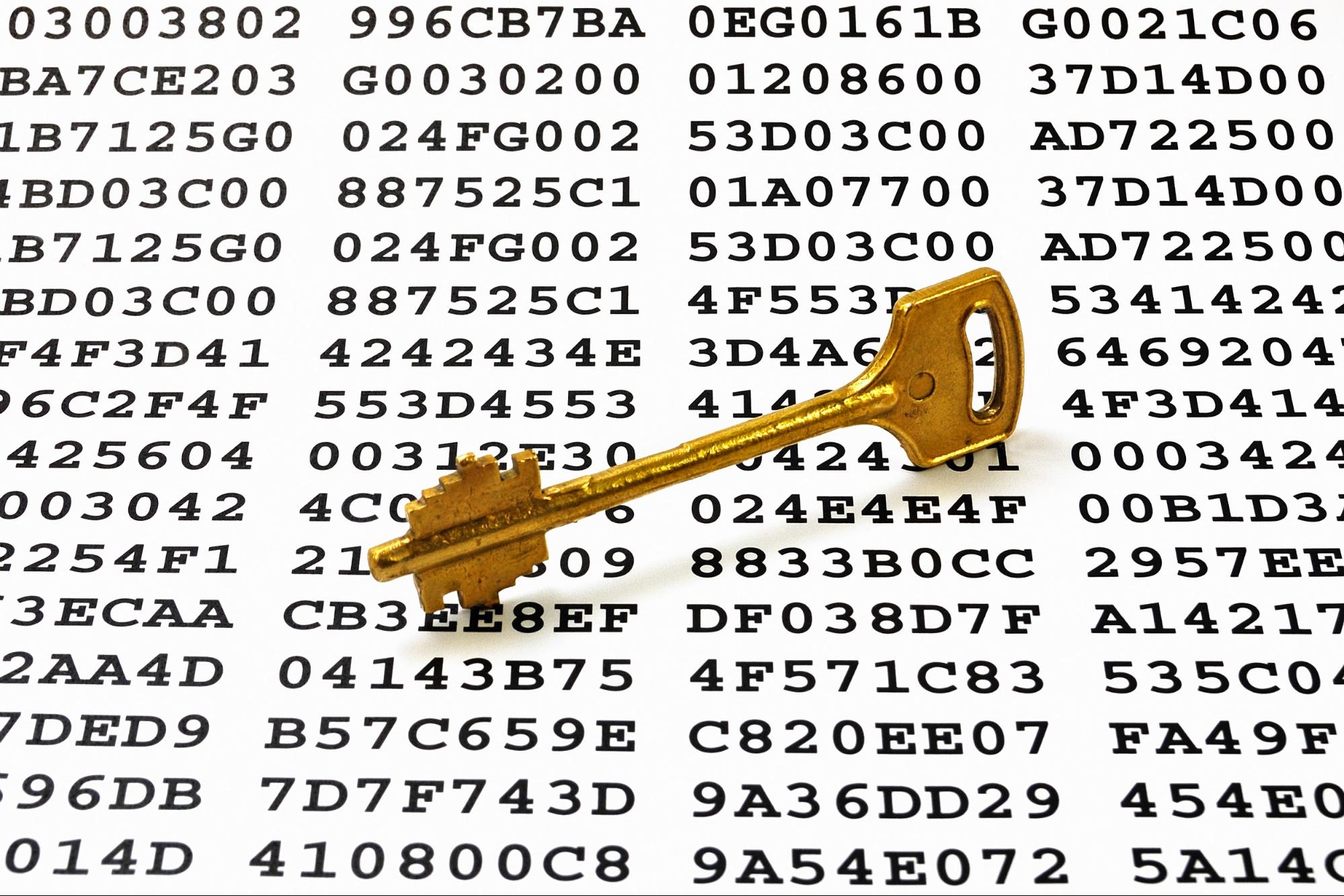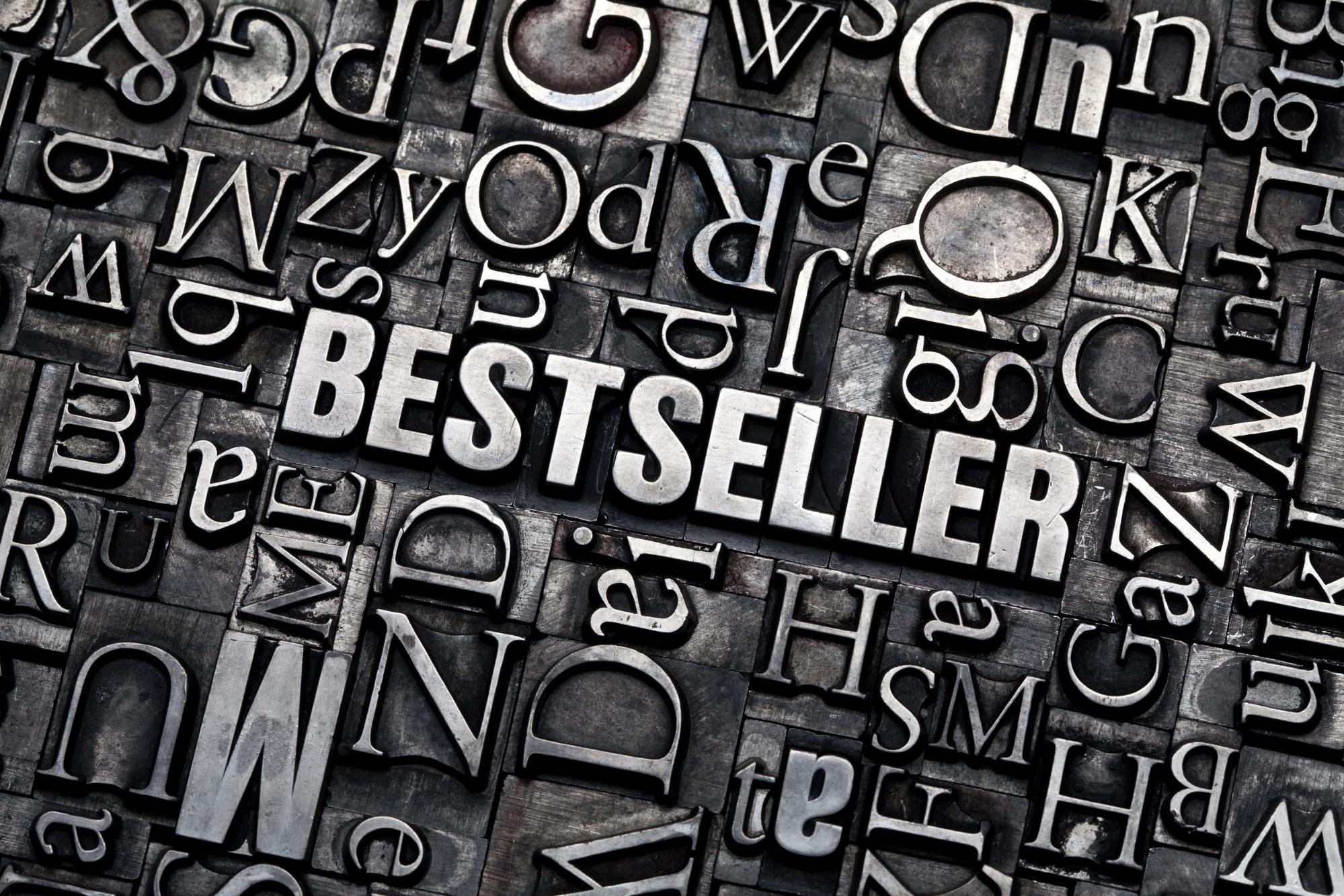 Digital Rights Management, or DRM, is a crucial part of e-book publishing today. Here is the ultimate guide to understanding DRM services and learning which solution is right for your needs.
Digital Rights Management, or DRM, is a crucial part of e-book publishing today. Here is the ultimate guide to understanding DRM services and learning which solution is right for your needs.
What is DRM for E-Books and Why is it Important?
DRM helps protect e-books against illegal downloading so that authors and publishers maintain their rights over digital content. Digital content security addresses e-book piracy, which has become an enormous challenge for both authors and publishers.How Prevalent is E-Book Piracy?
E-book piracy is one of the most significant challenges many authors experience after publishing a popular novel. Unfortunately, when there is a demand for quality content, some users will download an e-book with the intent of sharing it for free. Although many authors and publishers assume that by charging a price for the material, they are ensuring the content’s security, that is not the case. In fact, 31 percent of respondents to a survey about illegal e-book downloads stated that they downloaded such books weekly. Further, a 2017 study on online copyright infringement found that out of all the e-books read online, 17 percent are pirated. And while many consumers of illegally downloaded content defend their actions by suggesting that piracy doesn’t affect authors, novelist Maggie Stiefvater begs to differ. Stiefvater wrote about her experiences with piracy after her third novel didn’t meet expected e-book sales targets. Because sales dropped so low, her publisher cut the upcoming print run of her book. But the fantasy novelist found forums online where readers discussed her forthcoming novel and how to get it without paying for it. Ultimately, to prove to her publisher that it wasn’t a bad novel causing the dip in sales, Stiefvater published a few chapters of her novel online, embedding the file with an anti-piracy message. This resulted in a spike in sales when readers couldn’t find the complete pirated book online.How DRM Combats E-Book Piracy
Stiefvater’s experience isn’t uncommon, but for some reason, many who disagree with anti-piracy protections still maintain that pirated books are good marketing for writers. However, authors and publishers who depend on sales to make a living contend otherwise. But how can DRM help? Digital rights management services help protect e-books and other digital content from piracy. From blocking unauthorized access to scrambling the underlying code of an e-book, DRM solutions can help protect content and preserve author’s right to benefit from their work. When e-books are difficult to access because of anti-piracy security precautions, consumers must either purchase a legitimate copy of the book or not read it at all. Fortunately, when content is in demand, most consumers will often opt for a paid version of their favorite novelist’s new book.Password Protection
Password protection is a straightforward means of blocking access to unauthorized users. Simply put, password protection via Adobe Acrobat or the native MacOS program, Preview, only allows consumers who have the right code to open a PDF file. Passwords can deter users from trying to access content that they have not purchased. However, it is not the most effective means of e-book security because many services and solutions can remove password protection. Overall, password protection is a smart preliminary step to protect content, particularly for self-published authors or those who want to offer e-book sales on their personal or brand websites. For more established brands or publishers, a more comprehensive security solution works best.
(Source: Adobe)
Watermarking or “Social DRM”
Watermarking is a “social” means of digital rights management because it deters purchasers from sharing content by embedding personal information identifying them as the owner of the e-book. Although digital watermarking does not add any additional steps to the purchasing and downloading process, users must enter their personal details before accessing the e-book. When users receive their digital copy of the book, their personal information is embedded inside. Although readers may still be tempted to share an e-book with friends and family, for example, if their email address and phone number are embedded in the e-book, they are far less likely to mass-distribute the content online. Digital watermarking for e-books works much the way that watermarking does for photographs. People are less likely to share content freely when the copyright owner’s rights are on clear display. Embedding the buyer’s personal information as the originator of a digital copy also puts them on the spot when it comes to legal action. While scant research has been done on the effectiveness of watermarking against piracy, it stands to reason that watermarking reduces the chances of an e-book showing up on pirate websites for sharing. Digital watermarking also personalizes the e-book buying experience for consumers, because every version of the book is personalized. Watermarking is an unintrusive means of DRM because it does not limit how readers can access or utilize the content. Therefore, it’s a consumer-friendly method of maintaining copyright.(Source: Adobe)
Industry Standard DRM Protection
The industry standard for DRM, encryption hosted via Adobe Content Server, enforces security on an invisible level. Encryption gives publishers the versatility to control how their content is read and shared. Any PDF or EPUB file with encryption has strict limitations for online use. For example, many encryption processes make e-books incompatible with non-standard viewing applications. That means users can only read the books on devices that are compatible with encryption, stopping them from duplicating the files onto the Web or other devices for sharing. Encryption makes an e-book conform to an author or publisher’s standards, which is why many large e-book retailers like Google, Barnes & Noble, and Kobo use it to maintain platform security. Typically, Adobe DRM protection requires substantial initial investment and ongoing fees from publishers. This is partially because the high level of security provided by encryption requires constant modification to arrest the progress of pirates who wish to hack the code. EditionGuard puts Adobe DRM within reach of self-published authors and publishers by making it available at a low monthly rate.(Source: Adobe)
How to Decide on the Right DRM Solution for You
Even for experienced authors or publishers, it can be challenging to decide on the appropriate DRM solution for your needs. While any measure of DRM protection is better than none, there are a few factors to consider when making a purchasing decision.Size of Publishing Platform
For large publishers that distribute thousands (or more) of e-books via online sales platforms, a higher level of security can be extremely beneficial. Because large sales platforms often offer popular material, including e-books from famous authors, they may prove bigger targets for digital piracy. High-volume sales mean a higher risk of illicit activity, but the right encryption software can deter copyright violators from attempting to duplicate and share copyrighted materials illegally. For example, e-book giant Amazon uses DRM which only allows readers to view books on Kindles or approved devices with the Kindle app. Conversely, a self-published author may maintain a small platform on their website for sales. In this case, a limited inventory coupled with relatively low demand means more stringent DRM steps may be unnecessary. Some authors also argue that applying encryption-level DRM to e-books creates distrust among an author’s readership. For lesser-known authors, using a high level of digital security may drive away consumers who see DRM as an insult to their integrity.(Source: Adobe)





